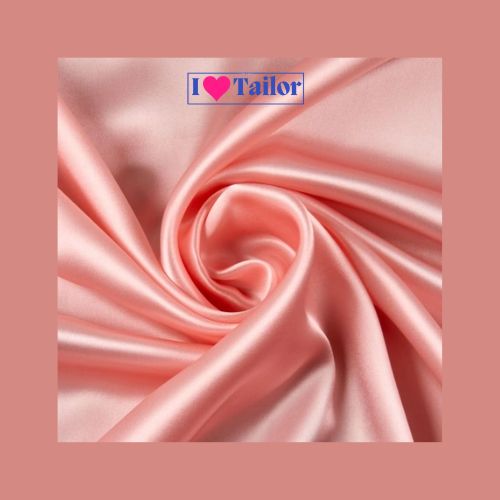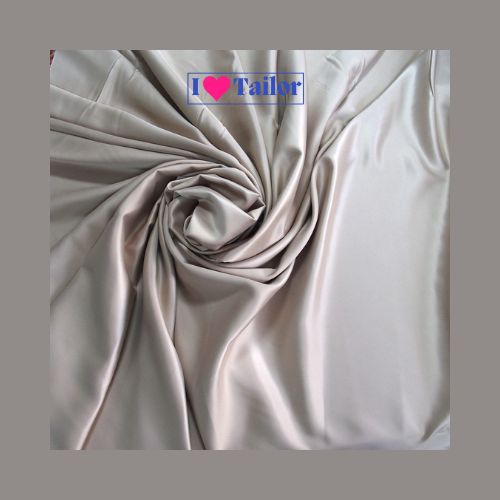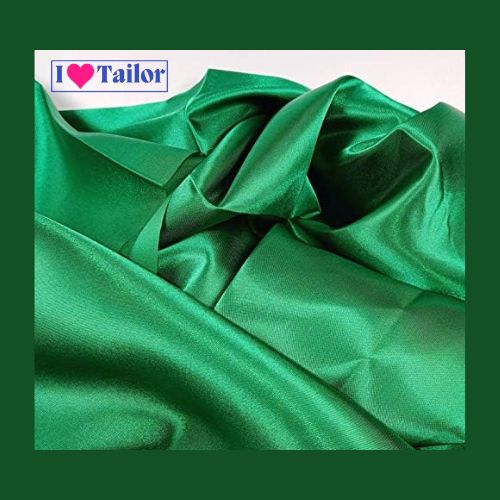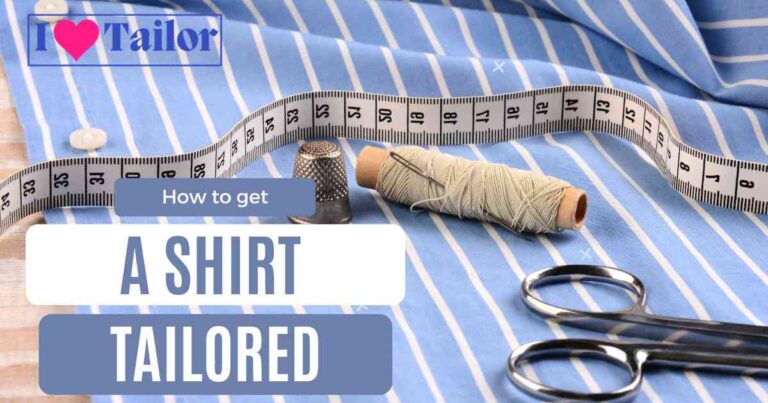Can you put Satin in the Dryer?
Satin is a luxurious fabric that adds an elegant touch to any wardrobe or home decor. When it comes to caring for satin, many of us are baffled. One of the most commonly asked questions is, “Can you put Satin in the Dryer?” This post strives to give a detailed response to that topic as well as important insights regarding satin care and maintenance.
Also, read about the 10 Best Easy Steps to Wash Satin Fabric
What is Satin?
Before diving into the dryer dilemma, it’s essential to understand what satin is. Satin is a weave, not a natural fiber like cotton or silk. Typically, it’s made from silk, polyester, or acetate. Satin is known for its glossy surface and dull back, which makes it highly desirable for apparel, upholstery, and bedding. From luxurious bedding to elegant dresses, satin is used for various items that scream luxury and comfort.
The Verdict: Can You Put Satin in the Dryer?

The straightforward answer is no; satin should not be put in the dryer. The high heat and tumbling action in a standard clothes dryer can damage satin’s delicate fibers and ruin its distinctive sheen.
Precautions When Drying Satin
Putting satin in the dryer can lead to shrinkage, warping, and even melting if it’s made from synthetic fibers. Even natural satin fibers like silk can suffer from color fading and weakening. But there are precautions and specific steps you should follow to avoid damaging the fabric:
- Read the label: Always check the care label of your satin garment or item first. If it advises against using a dryer, it’s best to follow that guidance.
- Use a Low Heat Setting: Satin is a delicate fabric, and high heat can cause it to melt, shrink, or warp. Always use a low heat or “delicate” setting on your dryer.
- Place Inside a Mesh Bag: If possible, place your satin item inside a mesh laundry bag. This will reduce the friction and abrasion from other garments.
- Avoid Overloading: Do not overload the dryer. Giving satin items plenty of space will help prevent excessive wrinkling and tangling.
- Use Dryer Balls: Adding wool or rubber dryer balls can help to gently fluff the satin and reduce static.
- Check Periodically: Since satin can dry relatively quickly, check the item periodically to ensure it doesn’t overdry.
- Remove Promptly: Once dried, remove the satin item promptly to prevent excessive wrinkling.
- Ironing: If your satin item is wrinkled after drying, you can iron it. Use a low heat setting, and always place a thin cloth between the iron and the satin fabric to prevent scorching or melting.
Types of Satin
Each type has its unique characteristics and care requirements. Here are some common types of satin:
1). Silk Satin

- Material: Natural silk fibers
- Characteristics: Luxurious, smooth, shiny, breathable
- Common Uses: Formalwear, lingerie, bedding
- Care: Usually dry clean only, though some can be hand-washed; air-dry preferred
2). Polyester Satin

- Material: Synthetic polyester fibers
- Characteristics: High sheen, less breathable than silk, more affordable
- Common Uses: Costumes, blouses, dresses, linings
- Care: Generally machine-washable; air-dry or use low heat settings on a dryer
3). Acetate Satin

- Material: Synthetic cellulose acetate fibers
- Characteristics: Glossy, less breathable, inexpensive
- Common Uses: Costumes, linings, ribbon
- Care: Usually dry clean only; some types can be machine-washed on a gentle cycle
4). Charmeuse

- Material: Can be made from silk or polyester
- Characteristics: Very lightweight, shiny on one side and matte on the other, drapes well
- Common Uses: Blouses, dresses, lingerie, and bridal gowns
- Care: Usually dry clean for silk; polyester can often be machine washed on a gentle cycle
5). Duchess Satin

- Material: Typically made from silk, but can also be polyester or a blend
- Characteristics: Heavy, glossy, luxurious
- Common Uses: Wedding dresses, evening gowns
- Care: Usually dry clean only
6). Sateen

- Material: Cotton fibers treated to mimic satin
- Characteristics: Glossy surface, more breathable than synthetic satins, less lustrous
- Common Uses: Bedding, curtains, some clothing
- Care: Generally machine washable; follow care instructions
Why Using a Dryer is a Bad Idea for Satin
Let’s delve into why using a dryer is not advisable for satin:
- Heat Sensitivity: Satin is extremely sensitive to high temperatures. The heat can weaken the fibers, reducing the fabric’s durability and lifespan.
- Color Fading: Satin’s luxurious colors are one of its most appealing features. Dryers can strip away this vibrancy, leaving the fabric looking faded and worn.
- Wrinkles and Creases: Satin is prone to wrinkling, and tossing it in a dryer will only exacerbate this issue.
Alternative Drying Methods for Satin
Now that we’ve established that a dryer is out of the question, let’s explore some alternative methods for drying satin.
1. Air Drying
The most recommended method. Simply hang the satin garment on a padded hanger and let it air dry.
2. Towel Drying
For quicker results, you can lay the satin item flat on a clean, dry towel. Gently roll the towel with the satin inside it to absorb excess moisture, then unroll and hang to air dry.
3. Low Heat Ironing
If you’re in a rush, you can use an iron on a low heat setting. Place a cotton cloth between the iron and the satin to prevent direct contact.
4. Flat Drying
For more delicate satin items like lingerie or pillows, flat drying on a clean towel is advisable. This prevents any stretching that could occur when hanging.
Additional Satin Care Tips
Washing
Always check the care label. Satin made from silk will usually require dry cleaning, while polyester satin can often be machine-washed on a delicate cycle.
Storage
Keep satin items in a cool, dry place away from direct sunlight to prevent color fading.
Stain Removal
For best results, treat stains immediately. Use a mild detergent and cold water, and avoid rubbing the fabric.
FAQs
Can silk and satin go in the dryer?
Silk and satin are best air-dried flat to prevent fiber damage and loss of sheen. Using a dryer risks shrinking and weakening these delicate fabrics.
Why can’t you tumble-dry satin?
Tumble drying can weaken satin’s delicate fibers and dull its signature sheen. Air-dry flat to preserve both texture and luster.
How long does satin take to dry?
Satin generally dries quickly when laid flat on a towel, often within a few hours. The time can vary based on fabric thickness and environmental conditions.
What is satin made of?
Satin is a weave, not a fiber, and can be made from various materials like silk, polyester, or acetate. Its hallmark is a glossy surface and a dull back, achieved through a specific weaving technique.
Conclusion
While the question Can you put Satin in the Dryer? may seem straightforward, but the answer requires a deep understanding of the fabric’s characteristics and care needs. By following these guidelines, you’ll ensure that your satin items remain as stunning and luxurious as the day you bought them.
Thanks!







